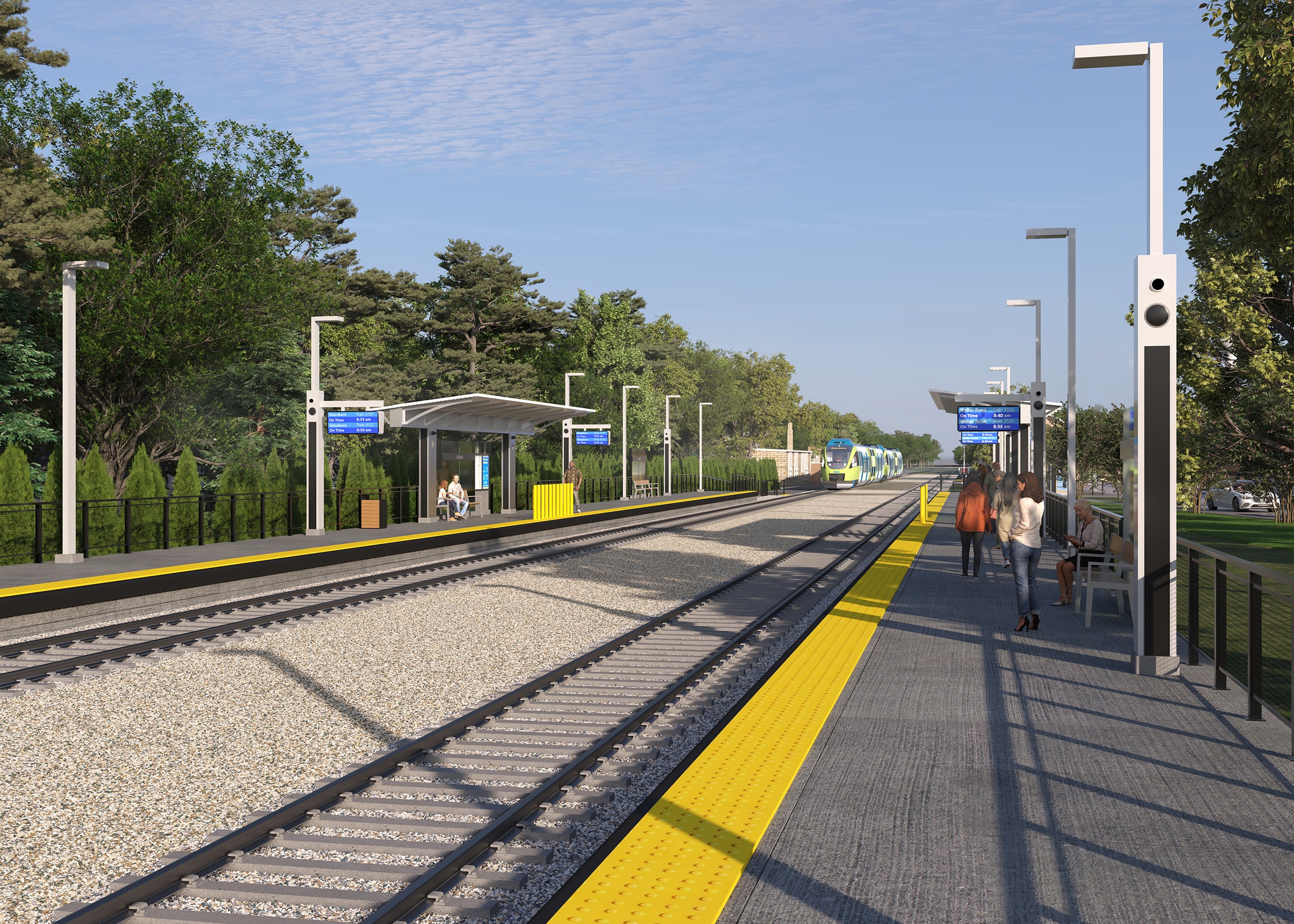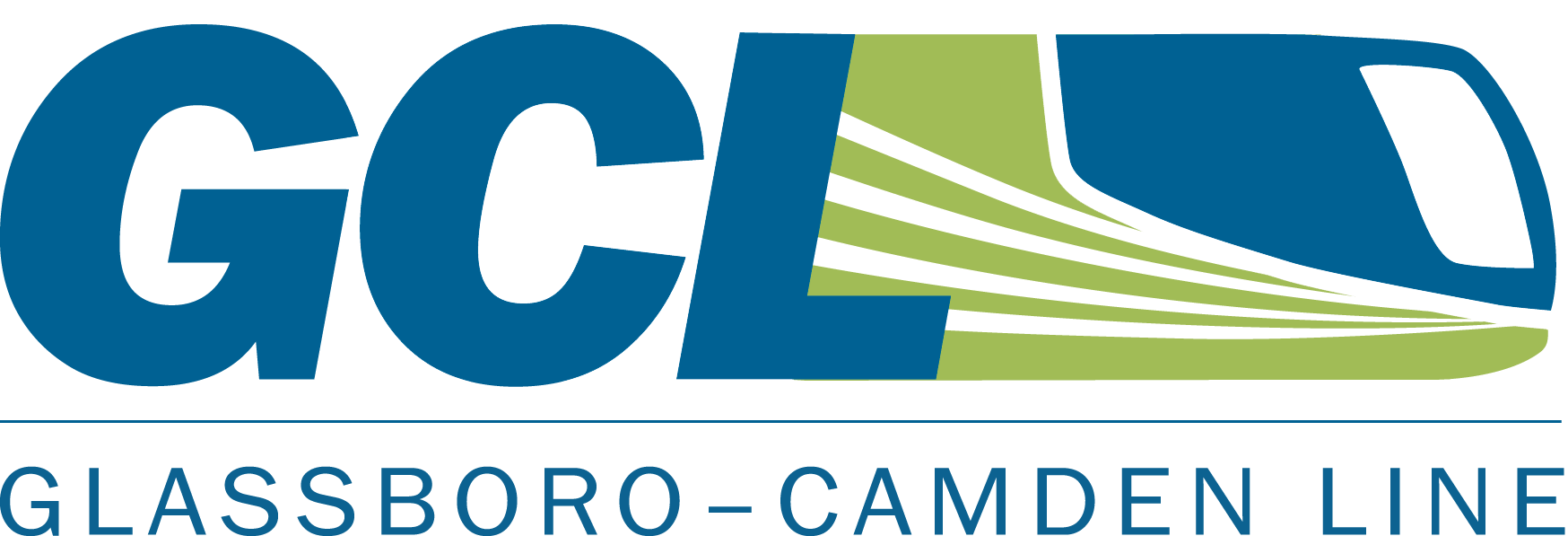The environmental review process for the GCL was performed in accordance with the requirements of New Jersey Executive Order 215 (EO215).

EIS Process
What is involved in the environmental review process?
The environmental review process for the GCL was performed in accordance with the requirements of New Jersey Executive Order 215 (EO215). EO215 was signed by New Jersey Governor Thomas H. Kean on September 11, 1989 and requires departments, agencies and authorities of the State to prepare and submit to the New Jersey Department of Environmental Protection (NJDEP) an environmental assessment (EA) or environmental impact statement (EIS) as specified in the executive order in support of major construction projects. Compliance with EO215 guidelines for the preparation of an EA/EIS is necessary to reduce or eliminate any potential adverse environmental impacts of projects initiated or funded by the State.
The environmental review process is aimed at ensuring that environmental information is available to the public and public officials before decisions are made and actions are undertaken by agencies. There are two levels of environmental review under the EO215 process. For the GCL project, an Environmental Impact Statement (EIS), the most comprehensive level of environmental documentation, is being prepared. An EIS documents the potential social, economic, and environmental benefits and impacts of a proposed project or action and proposes measures to mitigate any adverse impacts. Public participation is a requirement and fundamental component of the environmental review process. There are two key points in the process where public participation is particularly focused: (1) during Scoping and (2) following the publication of a Draft Environmental Impact Statement (DEIS).
NJDEP will guide the GCL Project Team in preparation of the EIS in coordination with EO215 guidelines. In addition, the environmental review process will follow and comply with Section 106 of the National Historic Preservation Act, and other applicable federal, state, and local laws and regulations.
